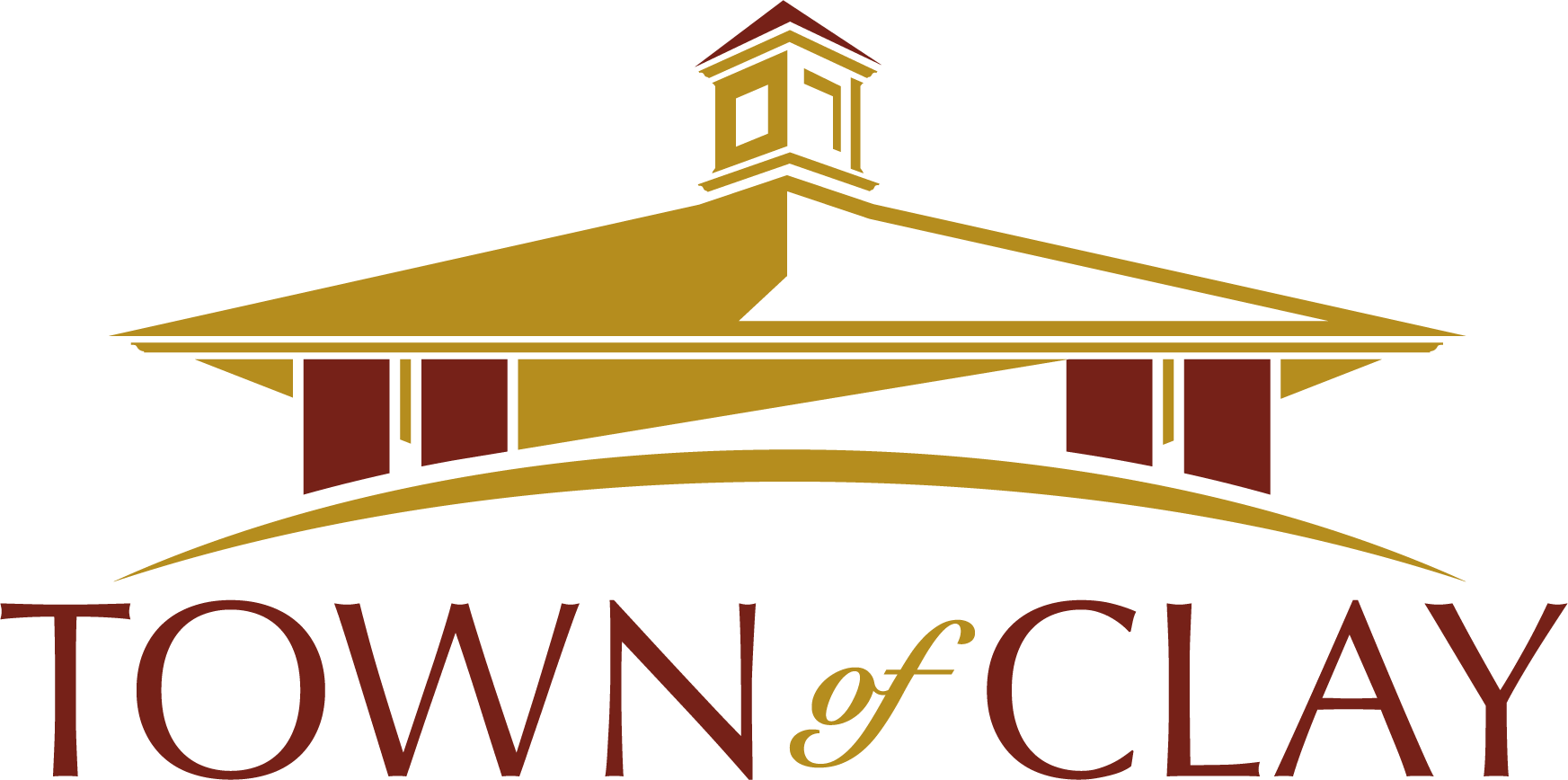Influence of Natives Part IPosted on November 16, 2018 |
CLAY SETTLERS
Influence of Natives (Part I)
Probably the largest mass immigration to North American was the Palatine exodus from England. Many of these families settled in Clay - ancestors of present-day residents. The Native influence began before they even arrived. The tale begins with the Palatines being run out of their homes in the Rhineland Palatinate. Germany had endured 30 years of war, famine and plague beginning when the armies of Louis XIV destroyed the homes and villages of German-speaking Protestants. Tens of thousands perished and by the 1709, the survivors were homeless and starving. A rumor was spreading through the forests and countryside that Queen Anne of England would welcome them, would feed and clothe them and would resettle them on her vast lands in Ireland or the New World. England’s holdings in the new World were unpopulated and many of these displaced people were the finest farmers, merchants and tradesmen in Europe. All they had to do was follow the Rhine to Holland where ships were waiting to take them to freedom.
Britain’s growing navy needed hemp for cordage, tar for waterproofing and straight timbers for masts and spars. New York Province had ample pine for this along the Hudson and Mohawk Rivers. The British Board of Trade was fired up. Governor Robert Hunter submitted a proposal “To the Queen’s most Gracious Majesty” on December 5, 1709 to send the Palatines to the new World to employ them in the Production of Naval Stores. However, the first consideration was for the defense and preservation of the province against the French from Canada and scattered nations of Indians. This large body of settlers would provide a buffer. It was approved January 7, 1710. Ten ships in Governor Hunter’s convoy, filled with voyagers left for the New World. They would be indentured to the Queen until their fares were paid off. However, shortly before they left for Plymouth, and shortly before the British Board of Trade met, four guests of the Crown arrived.
Sir Joseph Addison states*. “When the four Indian kings were in this country about a Twelvemonth ago I often mixed with the Rabble and followed them a whole day together, being wonderfully struck with the sight of everything that is new or uncommon. I have since their departure, employed a friend to make many enquiries of their Landlord the Upholsterer, relating to their manners and conversation, as also concerning the remarks which they made in this country.” He also calls them “well-upholstered” Indians. He quotes King Sa Ga Yean Qua Rash Tow and E Tow O Koam (King of the Rivers), names he must have invented. They were actually four chiefs. Mohawk tradition holds that one was a Mohican sachem (chief) of the Mohawk Turtle Clan. The connection of the chiefs to the Palatines was an unplanned event according to the legend that they insisted to be the truth. From many sources, the tale tells of the chiefs walks in outskirts of London where they saw unenviable conditions of the houseless and homeless Germans and one of the (kings), unsolicited and voluntarily, presented the Queen a tract of his land in Schoharie, New York, for the use and benefit of the distressed Germans.
The ships landed at Nutten’s (Governor’s) Island after six months of stormy seas and many deaths. Many more died there waiting to be allowed to go to their new home. The Palatines had assumed it would be their promised land of Schoharie. But Governor Hunter set them up on both sides of the Hudson at East Camp and West Camp on Land that he had purchased from Robert Livingston, who had promised to provide for these tar workers. He failed to do this so after many months of suffering the majority of Palatines left migrating over the mountains to the Schoharie Valley led by Conrad Weiser who had intimate knowledge of Iroquois life. Johann Conrad Weiser and his son had met Tiyanoga at Canajoharie two years prior, so the sachem on behalf of the Iroquois League, welcomed the Palatines to Schoharie. Hunter called out the militia, whom they fought off. Then came the Albany landlords claiming they had bought the land from the Mohawks. The new Government in London had no interest in naval stores and refused to help. For many years, they would still have to contest the Landlords for the Schoharie land but they would have powerful allies in Tiyanoga and eventually in William Johnson. The Palatines from here on insisted that their only genuine benefactors were the Mohawk Chiefs. (Part II, The Palatines come to Clay)
*THE SPECTATOR No. 50 for April 27, 1711, by Joseph Addison)
Dorothy Heller, Historian
Other
Remember Clay Stories

Carl Sotherden* Reminisces on Harvesting Hay, Grain and Corn
Remembering Clay | Mar 14, 2012
We continue with Carl’s memories: “As my brother and I grew, we soon were driving the horses on the hay fork with one driving the team and the other handling the hay rope and ‘whiffletrees’.
Susan Avery Bick Remembers Life on Buckley Road
Remembering Clay | May 1, 2012
Just a couple weeks ago, I had the great fortune to come into possession of an original manuscript written by Susan Avery Bick, which she completed just a few months before she passed away entitled “When It Was Country”* This and many…

